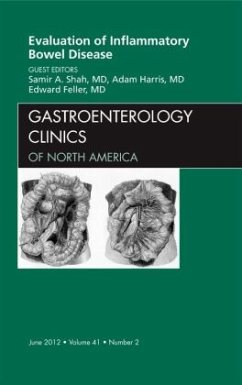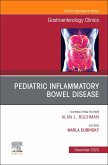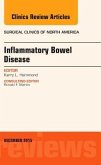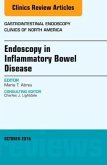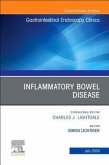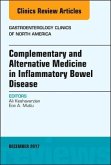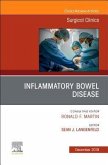The Guest Editors have focused on methods of diagnosing and evaluating IBD to help guide optimal treatment to maximize clinical outcomes and minimize risks. Authors have provided state-of-the-art updates with practical information/guidelines/algorithms and cutting-edge data for incorporation into practice. The first set of articles deals with endoscopy: its role in diagnosis and monitoring IBD; the growing importance of chromoendoscopy in IBD surveillance exams; assessment of post-operative recurrence; and finally the emerging role of capsule endoscopy. The second section focuses on specific scenarios that IBD physicians encounter frequently: health maintenance in IBD focusing on proper vaccinations; the growing problem of Clostridium difficile in IBD; assessment of pouch problems; optimal evaluation of perianal disease; the state of the art in using thiopurines including use of allopurinol to optimize metabolites and optimizing the use of infliximab by measuring levels and antibodies to infliximab; factors to consider in choosing monotherapy versus combination therapy and communication of risk/benefit to patients; and finally disability assessment in IBD. The third and final section highlights noninvasive methods to evaluate IBD: clinical predictors of aggressive or disabling disease; the evolving role of specific antibodies in diagnosing, subtyping and most recently prognosticating in IBD; stool markers (calproctectin and lactoferrin) for evaluating and monitoring IBD; the growing role of imaging modalities with emphasis on MR enterography and CT enterography; and finally, the genetics of IBD and the potential role of genetic testing in the diagnosis/prognosis and tailoring of therapy.
Hinweis: Dieser Artikel kann nur an eine deutsche Lieferadresse ausgeliefert werden.
Hinweis: Dieser Artikel kann nur an eine deutsche Lieferadresse ausgeliefert werden.

